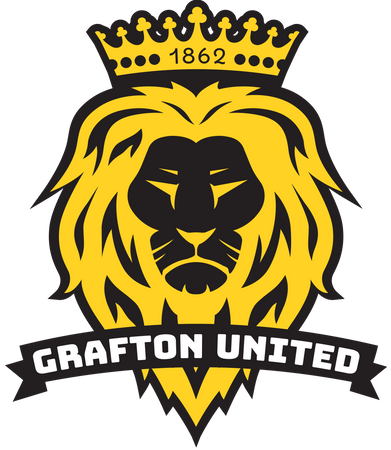Team Composition Guidelines
Auckland Cricket Guidelines (U12 and U13)
Auckland Cricket will be forming grades into which the clubs enter their teams. These grades are:
- LO30
- T20 Blue (higher)
- T20 White (middle)
- T20 Red (lower)
Which grade should you choose?
There are many factors to be considered when choosing what grade you should play in, including:
- Friends who they would like to play with;
- Players they may have played with in the past;
- Current school attending;
- Location of their home;
- The developmental stage of the player.
Grading
We understand that to allow players to play with teammates who are of similar ability, the teams may need to be graded. We encourage that the process undertaken to achieve this is inclusive, mindful of the well-being of all players, and is done in a respectful manner that mitigates any de-selection issues. We are encouraged to not involve past coaches in this process but are realistic enough to realise that the more information we have the better guidance we can offer. Factors to be considered should be:
- Previous playing experience (including seasons played);
- Value-based system i.e. attendance, Spirit of Cricket, club ethos etc
- The developmental stage of the player.
Grafton Cricket Guide to choosing your competition
There are many reasons you might choose T20 or LO30 cricket, our experience shows that the three main reasons are:
- Those cricketers looking to aim at higher level cricket at college, Colts and 1st XI, should choose 30 over cricket as it is likely going to be the best pathway to higher honours (though with the increasing emphasis on T20 cricket this might change in years to come)
- In the majority of Auckland Cricket Clubs, the better or more serious cricketers choose to play in the longer game formats.
- Now there is a caveat to this, you may choose to play 30 over cricket simply because the slightly longer game format offers the opportunity to bat longer and bowl more overs and this is a good enough reason to choose 30 over cricket.
Lastly, it is worth noting that the LO30 competitions are competitive and though Auckland Cricket tries to grade the competition to ensure teams play against similar-level opposition it isn't always possible as the players and teams in this competition are strong.
Some relevant game format info (from the playing conditions)
T20
- Maximum Overs Bowling - 4 overs a game.
- Minimum Overs Bowling - 2 overs per player including wicket-keepers.
- Maximum Balls Batting - 18 balls in U12s and 21 balls in U13s including any wides/no balls.
- Batting Grace Period - 9 balls in U12s and 6 balls in U13s. Batters who get out during their grace period cannot return after they retire
- Maximum Balls Per Over - 6 balls maximum except last over which is unlimited.
- No Balls - Yes with Free Hits
- LBW, Stumping - No LBW. Yes Stumping.
- Bowling from one end - Yes, with compulsory fielders rotating.
LO30
- Maximum Overs Bowling - 5 overs a game.
- Minimum Overs Bowling - 2 overs per player except for the designated wicketkeeper.
- Maximum Balls Batting - 24 balls in Under 12s (30 balls in Under 13s) including any wides/no balls
- Batting Grace Period - 9 balls in Under 12s (6 balls in Under 13s). Batters who get out during their grace period cannot return after they retire
- Maximum Balls Per Over - 6 balls maximum except last over which is unlimited.
- No Balls - Yes with free hits.
- LBW, Stumping - No LBW. Yes Stumping.
- Bowling from one end - Yes.
See the relevant playing conditions for more details

